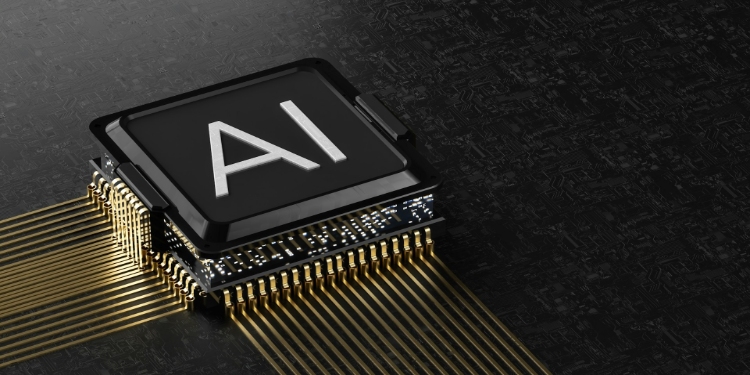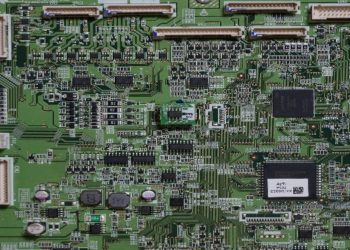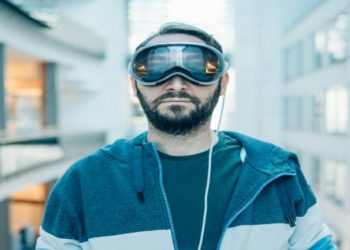Over time in the sports industry, we have seen numerous changes impact each sport in unique ways, with one of the largest impacting factors being technology. The advancements of technology have impacted the sports world itself, enhancing performance, improving the experiences of fans, and making games fairer. Most recently, Artificial Intelligence (AI) has been introduced to the sports industry and has begun to cement its status forever. AI is the simulation of human intelligence in machines, allowing systems to operate automatically without human interaction. These AI systems can perform tasks such as learning, problem-solving, and decision-making, creating a valuable tool to assist in day-to-day life.
Technology’s Largest Impacts in Sports
Var in Football
Since the implementation of VAR (Virtual Assistant Referee) in football in 2018, the sport has undergone a revolutionary change, powered by technology. VAR has massively impacted the sport, increasing the accuracy and fairness of a referee’s important decisions, such as offsides, penalties, potential red cards, and other critical calls. The system works by allowing a group of officials to reward replays in real-time, to provide the on-field official with assistance regarding the decision. The team of officials backstage can either approve of the original decision, allowing play to resume, vote against the referee, changing the outcome of the decision, or advise a ‘review’. In the event of a ‘review’ being requested by the team of officials, the on-pitch referee will travel over to a replay screen, where the event will be showcased from all angles and tempos. This allows the referee to make a smarter and revised decision on the event, ensuring that the outcome is fair and considered by all. Although VAR seems like a flawless system, the technology has received backlash due to the destruction of the game’s flow, the lengthy replays, and the less often incorrect decisions after the VAR process.
Hawk-Eye in Tennis
For numerous years, the outcome of a point in tennis was up to the judgment of the umpire and line judges; however, technology would change this. The introduction of Hawk-Eye has allowed a computer vision system to replay the point and track the ball’s trajectory to determine if the ball lands in play or out of play. The system utilises numerous strategically placed cameras around the playing area to track the ball from several angles to create a 3D representation of the movement. The technology has allowed for the outcome of all closely tied shots to become fairer, as opposed to previous years, where officials would guess the outcome.
The Role of AI in Modern Sports
AI has influenced many sectors worldwide, from healthcare to education, and sport is the next avenue for the technology to take over. Already, we have seen the beginning of the implementation of AI in the sports industry, primarily in sports science, such as injury prevention and recovery. AI can analyse metrics such as heart rate to detect subtle changes and patterns that may indicate a risk of injury. The measurement of these metrics enables coaches and other staff to make informed decisions, allowing them to adjust training programmes and avoid injuries. On the topic of injuries, the utilisation of AI can aid in the recovery, helping create personalised recovery plans, and even helping to identify injuries.
AI has a wider role than just to assist in the sports science of athletes, and can help optimise performance in various sports. AI can help deliver personalised training plans, which help ensure that athletes receive the optimum training for their sport, and develop in a way that the coaches/staff would like to see. AI can also analyse data received from various cameras to help correct subtle imperfections in an athlete’s form and technique that coaches may otherwise miss.
AI also plays a dominant role in the fans’ experience of respective sports, with its ability to create personalised experiences. AI can detect data to determine fans’ favourite players/teams through pattern learning, to provide customised highlight reels for their interests. Virtual assistants or chatbots can also improve fandom in sports by providing 24/7 live chat support to answer supporters’ queries in an instant, similar to what is seen on a live casino site.
Final Thoughts
Technology and Artificial Intelligence are transforming the sports industry, influencing sports, science, fandom, and many other areas. As time continues, and AI is more researched, it is expected to claim a larger role in the industry, and ultimately, the potential is unknown. Up to now, all we know is that AI is a helpful tool to assist in everyday tasks, which can save people time and effort. Technology in general has had a significant impact on the industry, influencing the experiences for numerous sports in ultimately positive ways to ensure fairness and safety. AI is the latest technological advancement that has already dominated the news as well as various other industries, and the sports field is expected to be next.
David Prior
David Prior is the editor of Today News, responsible for the overall editorial strategy. He is an NCTJ-qualified journalist with over 20 years’ experience, and is also editor of the award-winning hyperlocal news title Altrincham Today. His LinkedIn profile is here.












































































